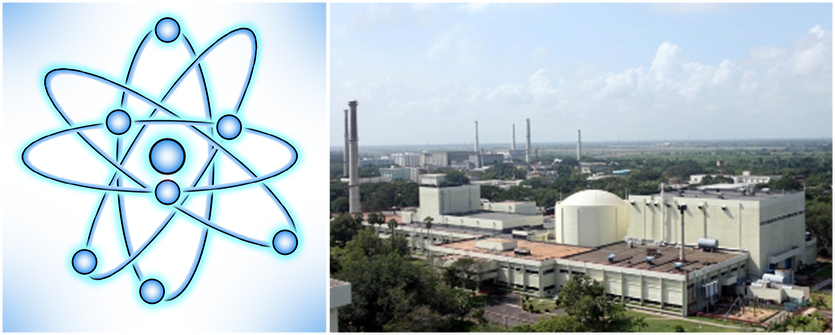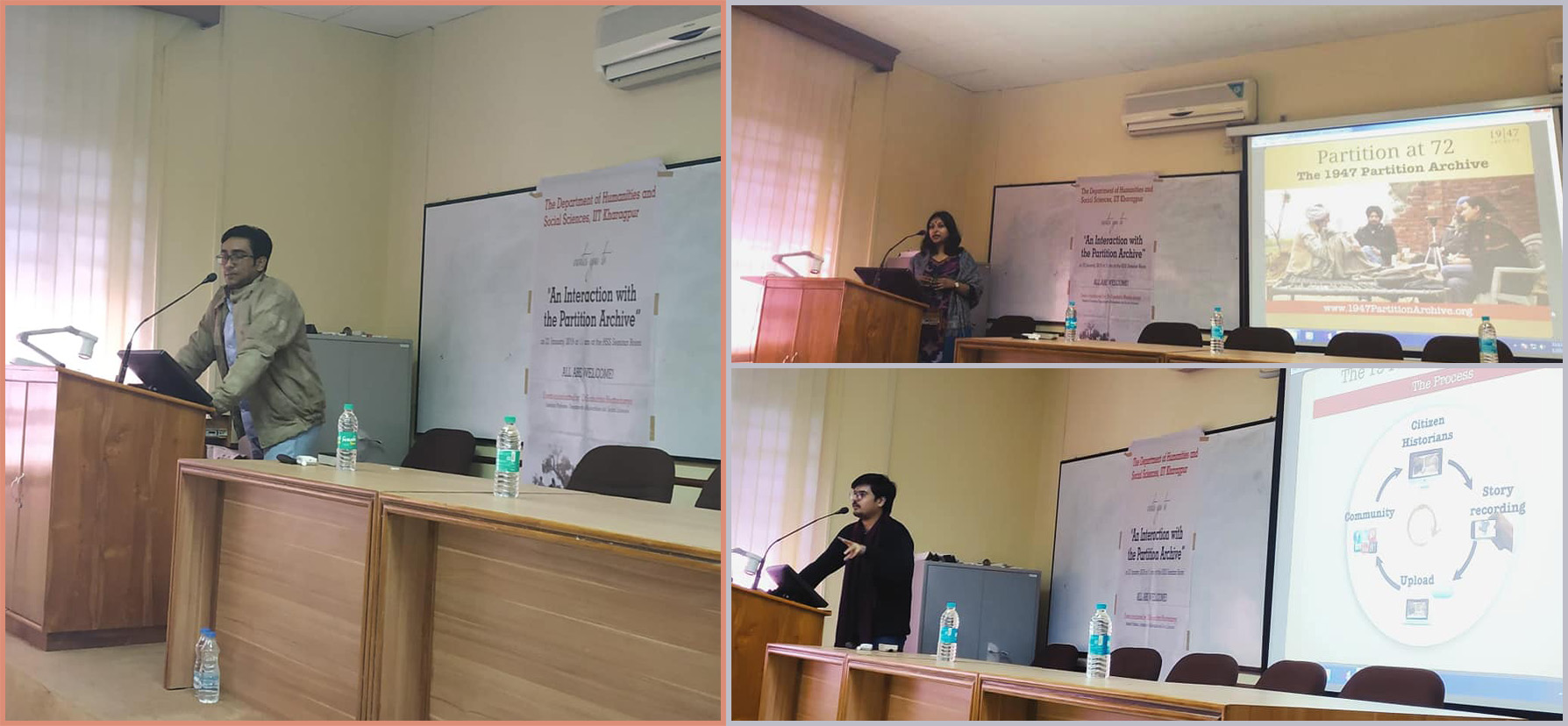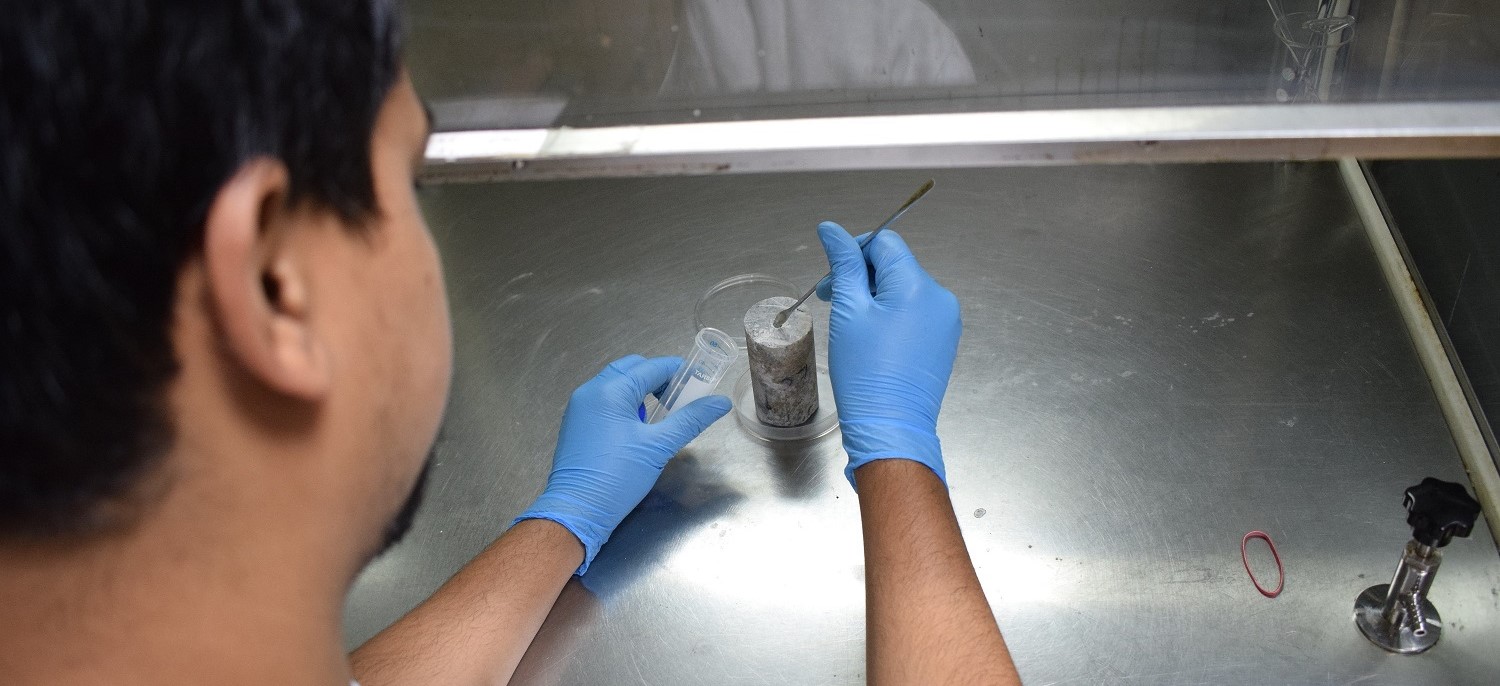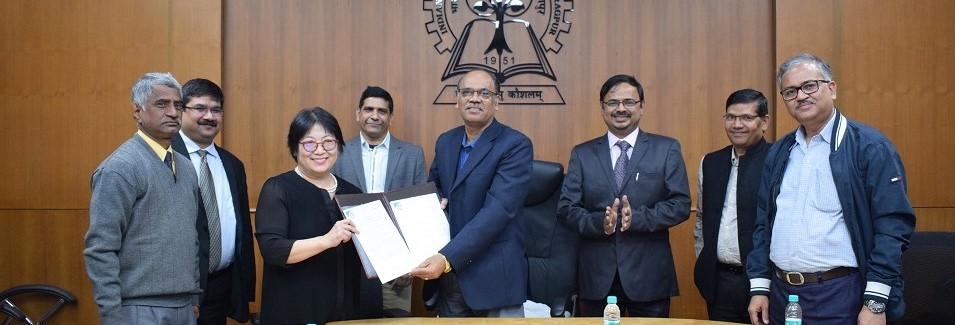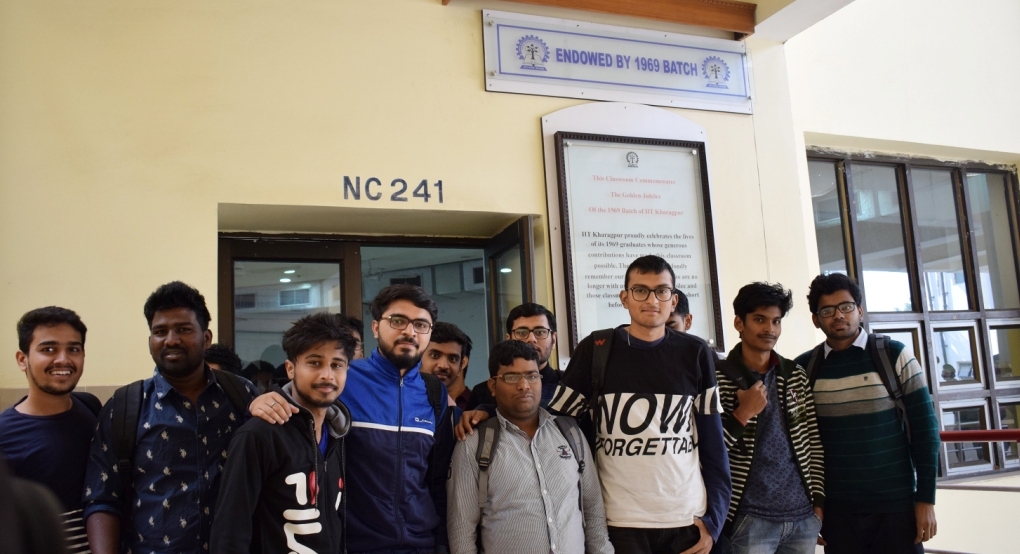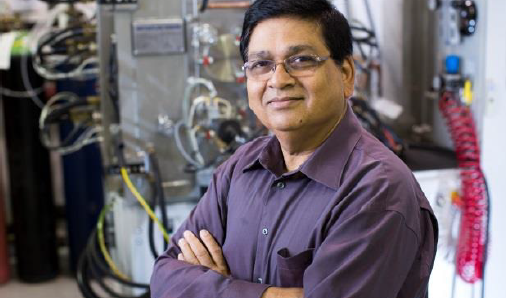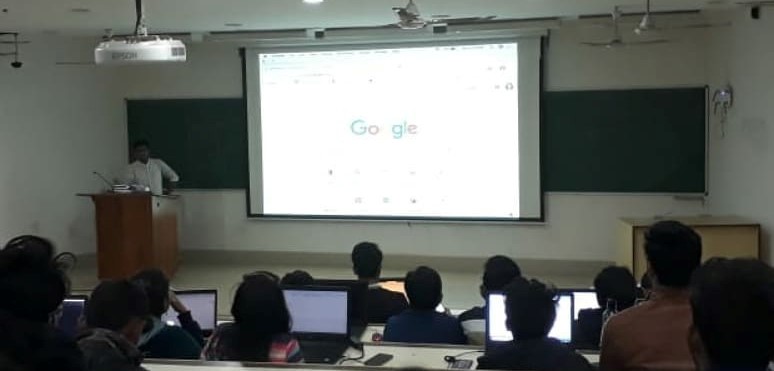
Its ePunch Time!
IIT KGP is all set to digitize its classroom attendance with a bio-metric system as part of the smart campus project of the Institute. With the growing number of students, attendance keeping has become a time-consuming activity. Though the current teacher-student ratio for classroom teaching at IIT KGP is 1:13.5, but average class strength, especially for undergraduate students, range from 40 - 90. The attendance takes about 10-12 minutes of the 1-hour classes. Sample gadgets have been acquired which will be tested on a pilot basis in the ongoing Spring semester. Both fixed and portable bio-metric machines will be tried…


